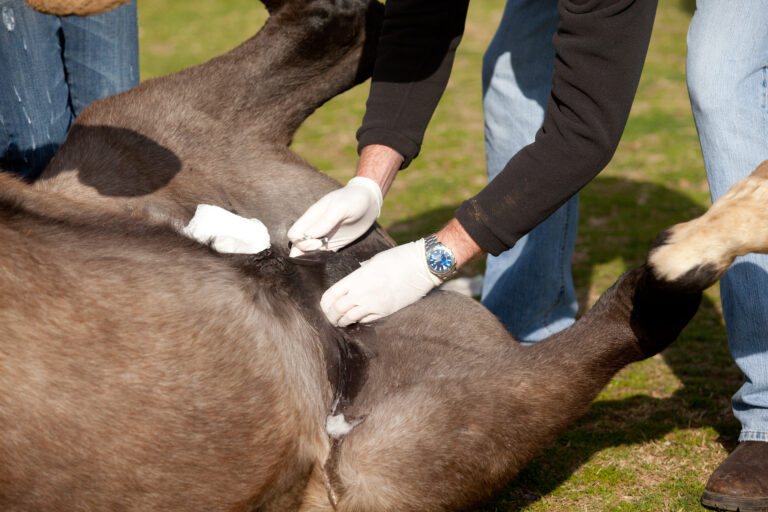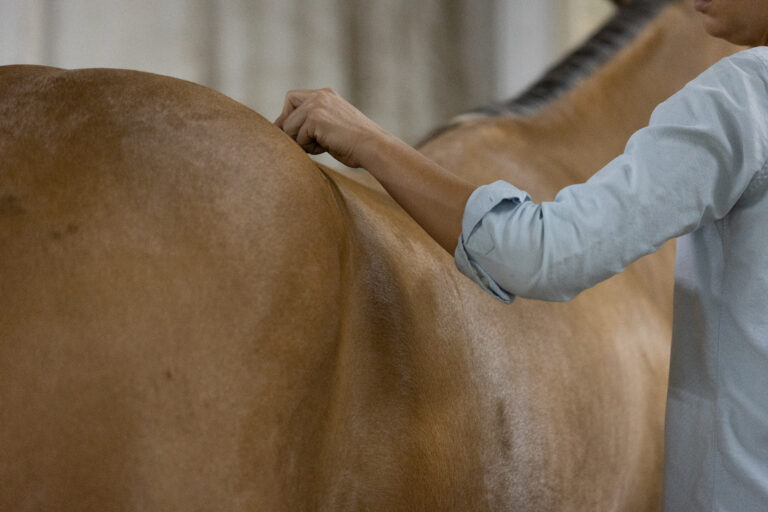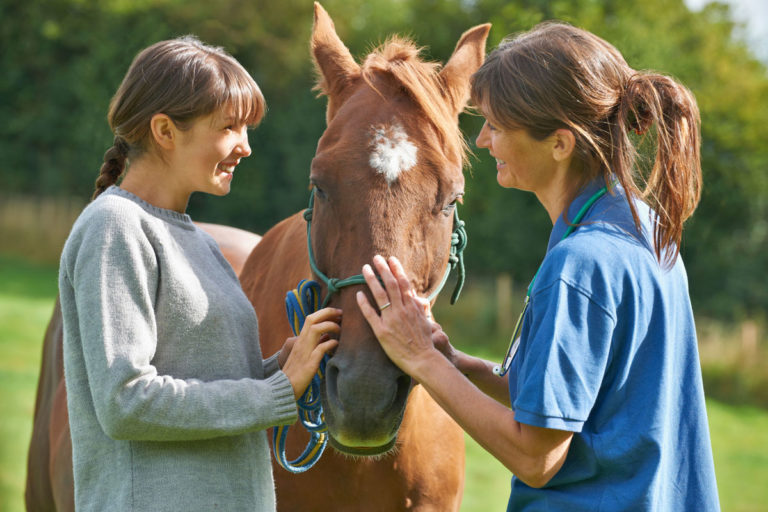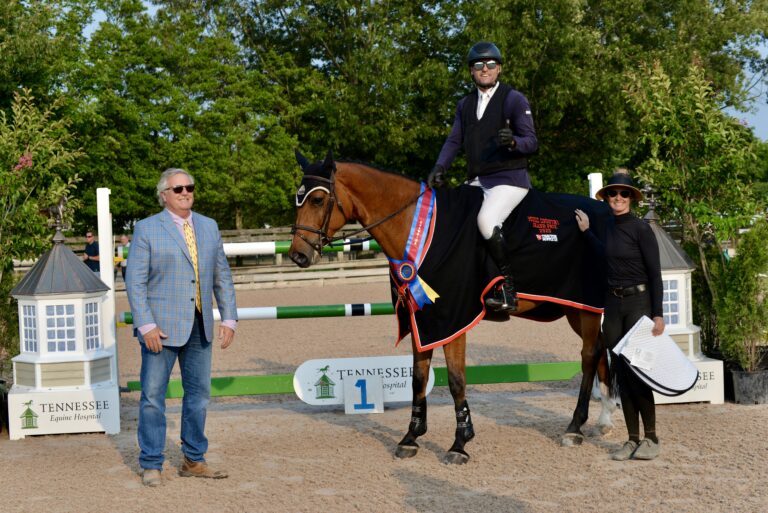
Mosquito-borne viruses affect both horses and humans and are cause for serious concern. West Nile virus (WNV) is one problematic viral infection in the U.S. that is most prevalent from late summer to autumn. Typically, mosquito-borne viruses, including WNV and Western and Eastern equine encephalitis viruses (WEE and EEE), are not transmissible between people, from people to horses, or from horses to people. Instead, mosquito vectors transmit viral infection from birds to horses and humans; this is called horizontal transmission. Mammals do not have high enough levels of viremia to infect biting mosquitoes and are therefore considered dead-end hosts.
Diagonal Transmission of West Nile Virus
Results from a recent study by the French National Research Institute for Sustainable Development has revealed that mosquitoes might also transmit WNV to other mosquitoes through their feces; this is called diagonal transmission. Researchers conducted the study by identifying detectable amounts of arboviral RNA within mosquito feces.
The researchers fed Culex mosquitoes blood infected with WNV, followed by a blue sugar solution that tinged their excreta a cerulean color to make the feces visible. They placed the WNV-contaminated feces into flasks with insect and monkey cells. Those cells became infected with WNV.
Then, they exposed mosquito larvae and pupae to water containing WNV-contaminated mosquito feces for an hour. Low numbers of larvae were infected, and 46% of pupae were infected, indicating the pupae are more susceptible to infection with WNV. Another test reared pupae in WNV-contaminated excreta solutions; once the pupae hatched into adult mosquitoes, 17% carried WNV. While this doesn’t necessarily mean diagonal transmission of WNV could increase transmission to people or horses, it does mean the pathogen might persist in mosquito populations, including in unexpected areas. It is also possible that infectious mosquito feces can harbor other infectious viruses, but this has not been researched.
Final Thoughts
The authors suggest a “potential for diagonal transmission to act as a transmission bridge for viruses between different species of mosquito vectors.” Surveillance and control for West Nile virus might need to include pupae evaluation in addition to larvae and adults. Water management practices are critical factors for mitigating arboviruses.
Reference
Hamel R, Narpo Q, Serrato-Pomar I, et al. West Nile virus is transmitted within mosquito populations through infectious mosquito excreta. bioRxiv Jan 2024; DOI: 10.1101/2024.01.29.577888.
Related Reading
- The Future of Equine Infectious Diseases in a Changing Climate
- Disease Du Jour: West Nile Virus Refresher
- International Report on Equine Infectious Disease
Stay in the know! Sign up for EquiManagement’s FREE weekly newsletters to get the latest equine research, disease alerts, and vet practice updates delivered straight to your inbox.







